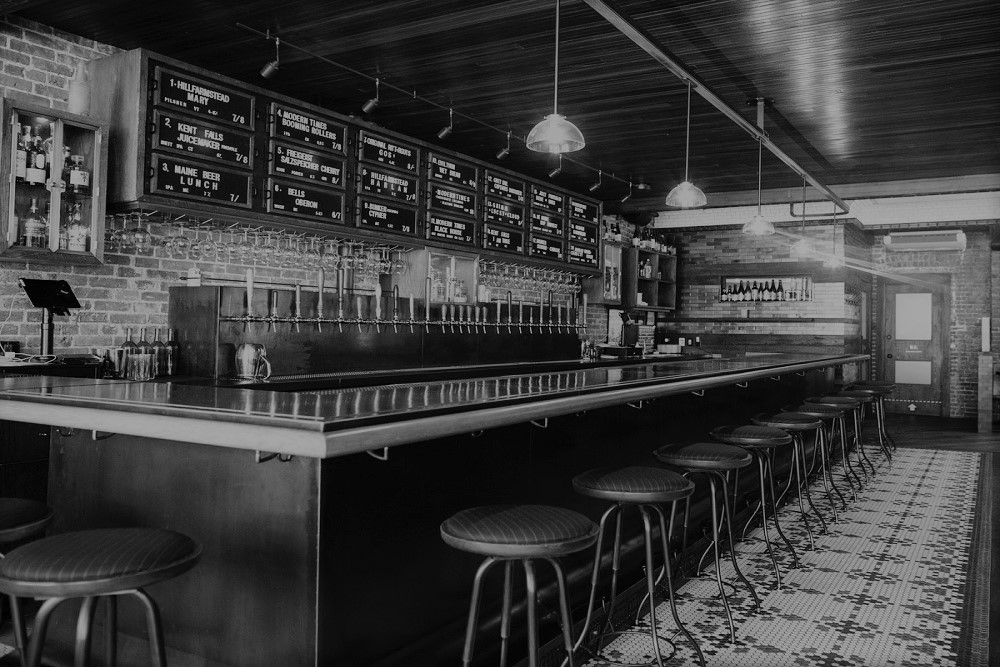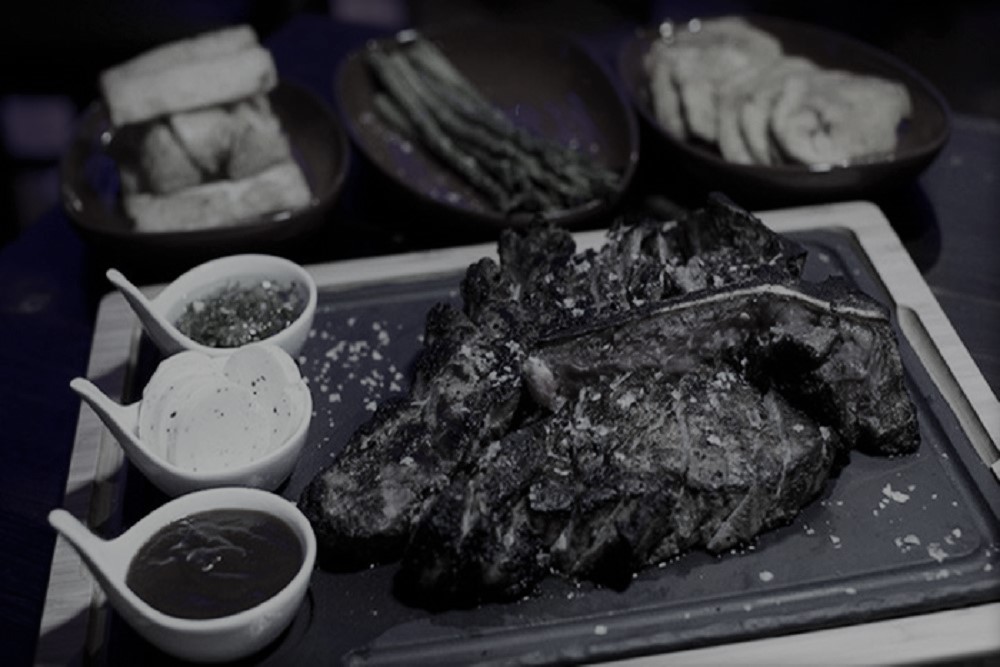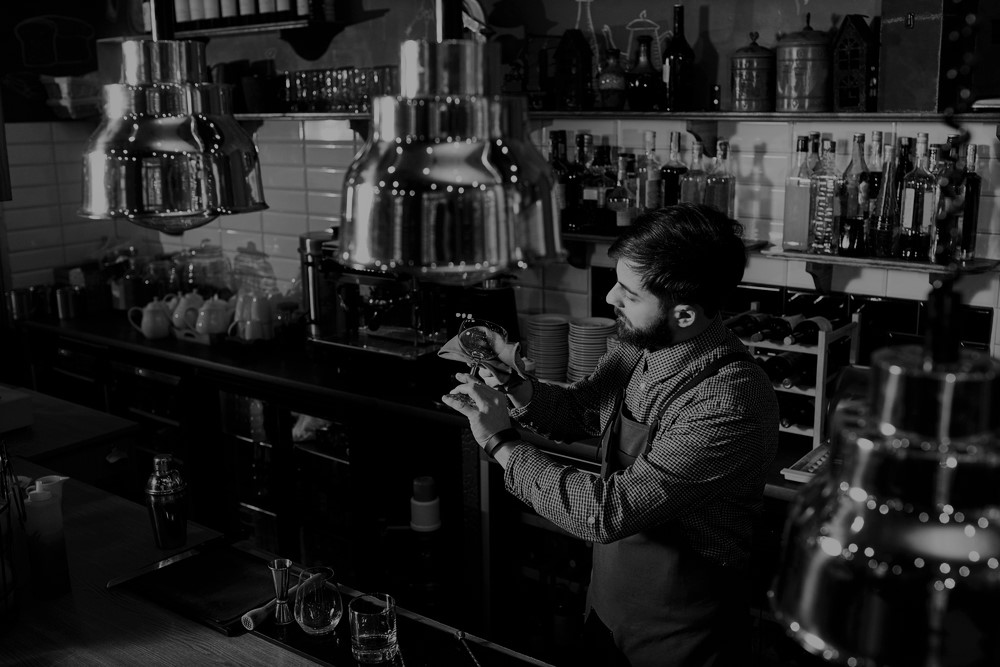Before You Expand Your Restaurant Read This
Originally Posted on FoodableTV by Doug Radkey – 08/22/17
Whether you’re an aspiring restaurateur or an experienced operator, it has likely crossed your mind to open at least a “few locations,” or to begin “franchising” a winning concept.
It’s in our human nature to grow and always look for more, right?
When the timing is right, expanding with multiple locations can make a lot of sense for a brand, but only if it is truly, the right time.
A common first challenge is that many restaurants, even successful restaurants, are simply not ready or properly positioned for this type of expansion. To scale a restaurant from one location to two or three and/or to lay the groundwork for franchising, it takes a variety of planning methods, in-depth market research, and the proper execution of a variety of systems.
The second challenge is that many independent restaurateurs try to go through this growth stage all on their own or with their first location’s key staff members, often resulting in burnout for everyone involved and ultimately sacrificing the success of the first restaurant.
The silver lining is that every challenge has a solution if you approach it with the right mindset.
To prepare a restaurant for growth, the following strategies and due diligence need to be prepped prior to moving forward with the idea:

Prep a Business Plan
Just because the first location was successful, doesn’t mean the second or third location will automatically have the same success.
Whether you plan to fund the growth stage yourself or pitch the growth stage to investors, a business plan is vital to the success of not only one, but multiple locations. A market feasibility study (demographics and competition) for each location in addition to trend management, financial forecasting, start-up costs, staff structure, and realistic time-frames to meet critical objectives, all should be vetted out to achieve the long-term success of each location (including the original).
Determine Your Concept Characteristics
If you’re looking to get into franchising in particular, it is wise to consider operating two or three locations first, prior to executing a ‘franchising plan’. Before others will invest in the concept, it must be tested in a variety of settings and demographics – not just one.
This is where ensuring the five concept characteristics of being scalable, profitable, memorable, consistent, and sustainable are evident in not only your designs, but your complete operations. It may be a wise investment to have a 360 degree assessment done on your venue.
Make Sure Your Systems Can Be Easily Duplicated
Arguably one of the most important aspects in terms of growth is ensuring that each restaurant has the right systems in place. Duplication is the key.
Your operations will undoubtedly run like a well-oiled machine if all restaurant outlets are using the same winning formula.
Each location must operate in unison. If even one system (training, communication, marketing, preparation, inventory, human resources) is broken or is non-existent in the first location, the second location will struggle even more. To do this, there must be operational manuals, HR policies, and training platforms in place that can be easily duplicated.
Keep the Kitchen & Bar Consistent
Playing off of the systems – if you’re developing identical concepts, consistency is essential. If a location is ready for growth, it’s because it’s built a brand with memorable food, drink, and guest experiences.
This must be duplicated among all additional outlets.
But now that a location is growing, so do the expectations of its guests. All recipe books, portions, supply chain, kitchen manuals, bar manuals, and staff training must be created equally and consistently across all channels.
Implement a Supporting Cast
Remember that everything is multiplied when adding additional locations, including the headaches and sacrifices it takes to operate just one location.
Are you in a position to handle this extra workload? The answer is probably no. What often happens is the owner will spend more time at the new location, leaving the first location vulnerable.
That’s why it’s important to take the time to consider the right management team for multiple locations, including additional chefs, managers, and supervisors in addition to startup specialists like consultants, designers, engineers, and architects that will save time, money, and energy.
Re-evaluate Your Marketing Plan
Is your current marketing plan suitable for multiple locations? What has worked and not worked for the first location? What would need to be changed in terms of the website, search engine optimization, social media, and print collateral to name a few?
In addition, if not already complete, trademarking the name, logo, and any associated tag-lines is also critical to protect the brand in new or multiple markets.
In short, restaurant growth and/or franchising can create enormous opportunities if executed properly.
That said, the number of locations a restaurateur or restaurant group may have is simply that, just a number. It’s important to not forget the fundamentals, where the quality of food & beverage, customer service, and guest experience is paramount at each location.









